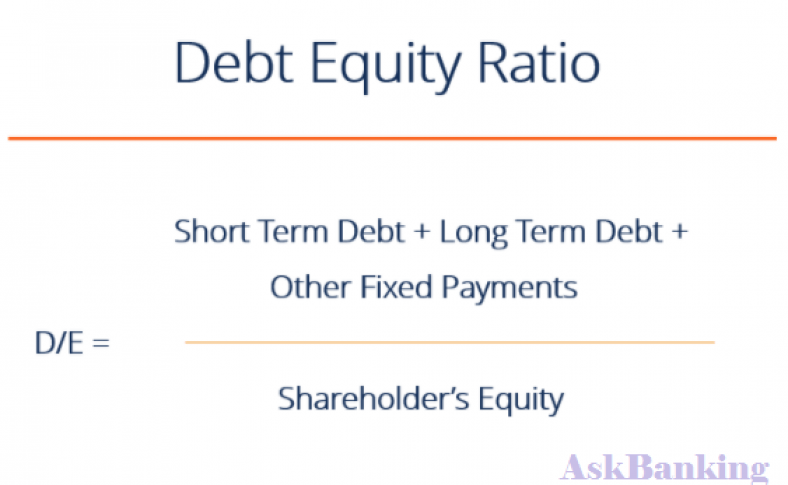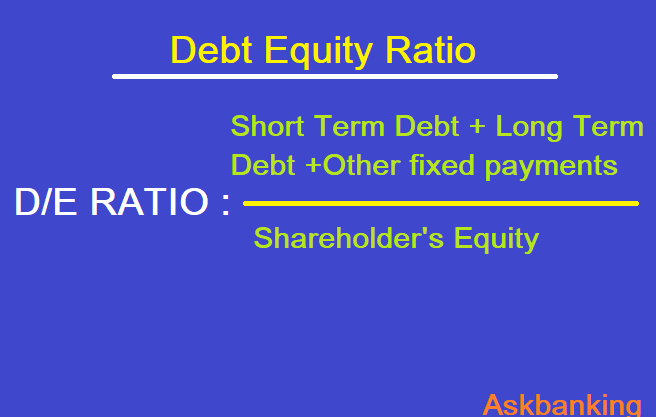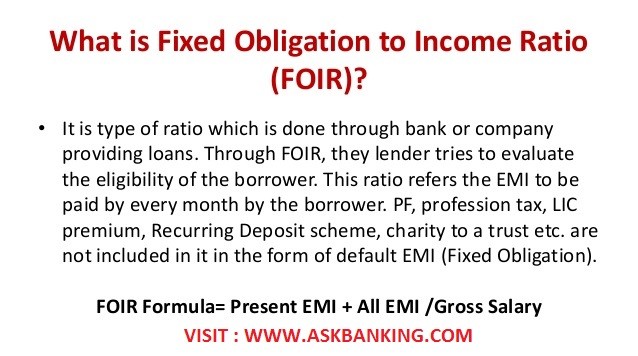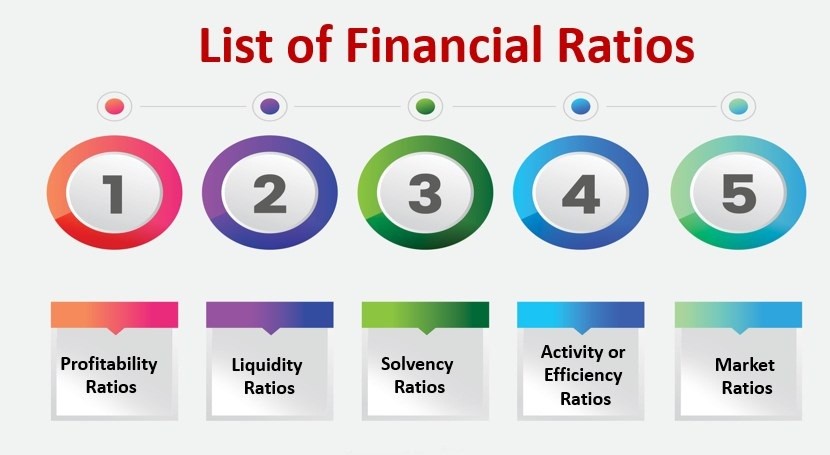
Calculate Debt to Equity Ratio for getting loan from the bank – Debt to Equity Ratio measures the relationship between long-term debt and equity. If debt component of the total long-term funds employed is small, outsiders feel more secure. Banks consider and find it worthy to process the loan i.e. capital structure with less debt and more equity is considered favorable as it reduces the chances of bankruptcy.
Normally, it is considered to be safe if debt equity ratio is 2 : 1. However, it may vary from industry to industry. Ideally, banks are accepting the loan with Debt to Equity Ratio of 1.33 or lesser.
What is the Formula for Debt to Equity Ratio ?
Debt to Equity Ratio = Debts/Equity
Debt to Equity Ratio = (short term debt + long term debt + fixed payment obligations) / Shareholders’ Equity
Alternatively, you may Calculate Debt to Equity Ratio,
Debt-Equity Ratio = Long – term Debts/Equity (Shareholders ‘Funds)
where as, Long-term Debts = Long-term Borrowings
Equity = Share capital + Reserves and surplus
Debt = Long-term borrowings + Other long-term liabilities + Long-term provisions
Equity = Share capital + Reserves and surplus + Money received against share warrants
Equity = Non-current assets + Working capital – Non-current liabilities
Working Capital = Current assets – Current liabilities
Know – How To Calculate Debt Service Coverage Ratio (DSCR) ?
Types of Debt
A Debt to equity can include some or all of the following types of debt:
- Short-term liabilities
- Long-term liabilities
- Accounts payable
- Accrued liabilities
- Leases and other financing arrangements
What is the Significance of Debt to Equity Ratio ?
- D/E ratio measures the degree of indebtedness of business and gives an idea to the bankers regarding extent of security of the debt.
- A low debt equity ratio reflects more security.
- A high ratio is considered risky as it may put the firm into difficulty in meeting its obligations to outsiders.
- Higher D/E ratio sometimes help in using debt(trading on equity) for higher returns, if the rate of earnings on capital employed is higher than the rate of interest payable.
What is a Good Debt to Equity Ratio ?
As per the Banking standard, Debt to Equity ratio of 1.30 is always good to satisfy the lender for loan requirement. A DE ratio of 2 would mean that for every two units of debt, a company has one unit of its own capital. This is extremely high and indicates a high level of risk.
Good or Bad Debt to Equity Ratio
While lenders and investors generally prefer that a company maintain a low D/E ratio, a low D/E can also suggest that the company may not be leveraging its assets well, limiting its profitability.
Benefits of a High D/E Ratio
A high debt-equity ratio can be good because it shows that a firm can easily service its debt obligations (through cash flow) and is using the leverage to increase equity returns.









Leave a Comment